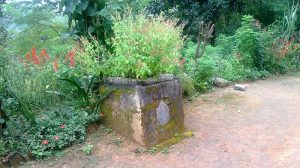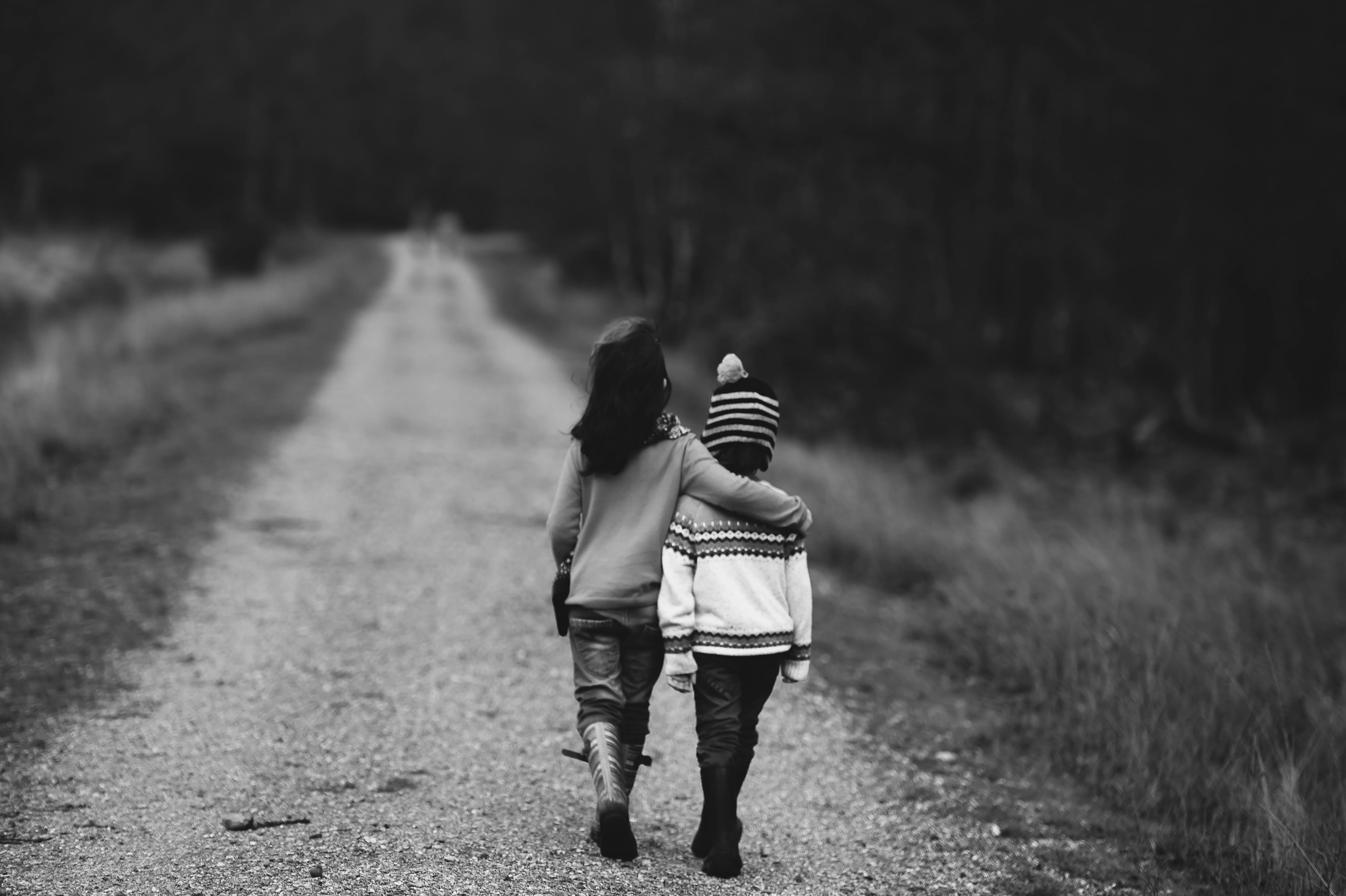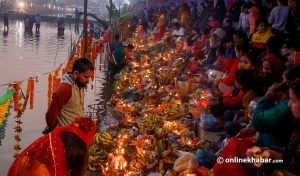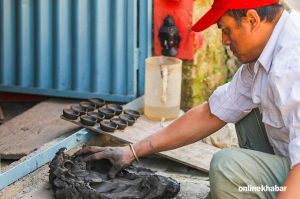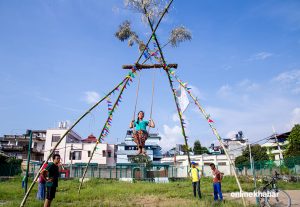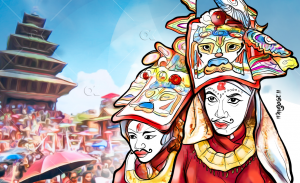
Festivals play a great role and have a great significance in a nation either by promoting tourism or connecting people and relieving stress. They preserve the cultural traditions and they are the reasons why a nation is unique and stands out from the rest of the world.
You know Nepal has a lot of festivals, and one such interesting festival here is Ghodejatra, one of the many festivals that are celebrated with animals in Nepal.
If you are interested in the festival and are interested in continuing the traditions or at least learning them to pass them on to the upcoming generation, here are a few things you should know about Ghodejatra.
What is the celebration about?
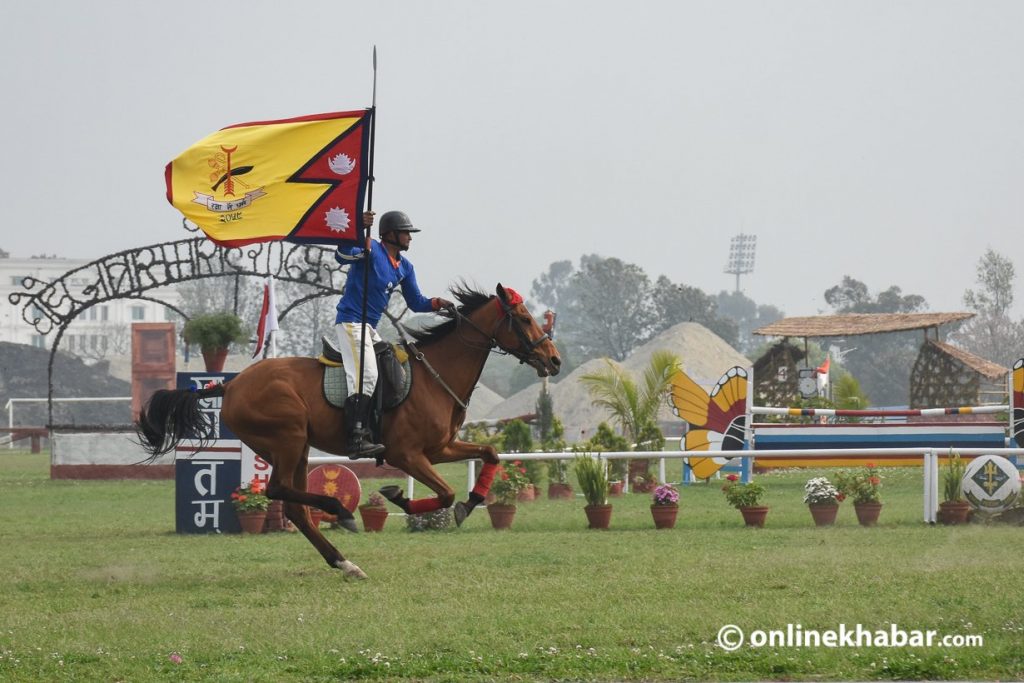
In the Nepali language, ‘Ghode’ refers to ‘of horses’, and ‘Jatra’ refers to a type of festival. So, combining these terms, Ghodejatra is meant to be a festival of horses or a horse festival.
Talking about the events of the day, it is called the ‘horse parade’ as the army force of the country organises a parade of the horses at Tundikhel of Kathmandu.
Every year, Ghodejatra is observed on the new moon of Chaitra Sukla Paksha of the eastern lunar calendar. In terms of the Gregorian calendar, it usually falls in mid-March or early April. Holding great significance, the government also declares the day a public holiday in the Kathmandu valley.
Who celebrates Ghodejatra?
In general, Ghodejatra is considered a jatra (festival) of the Newa community. But, the jatra of horsemanship and jubilant festivities is observed by everyone inside and outside the Kathmandu valley. The horse parade is also religiously known as Aswa Yatra and is organised by the locals of the valley to welcome the New Year as well.
What is the cultural significance of this jatra?
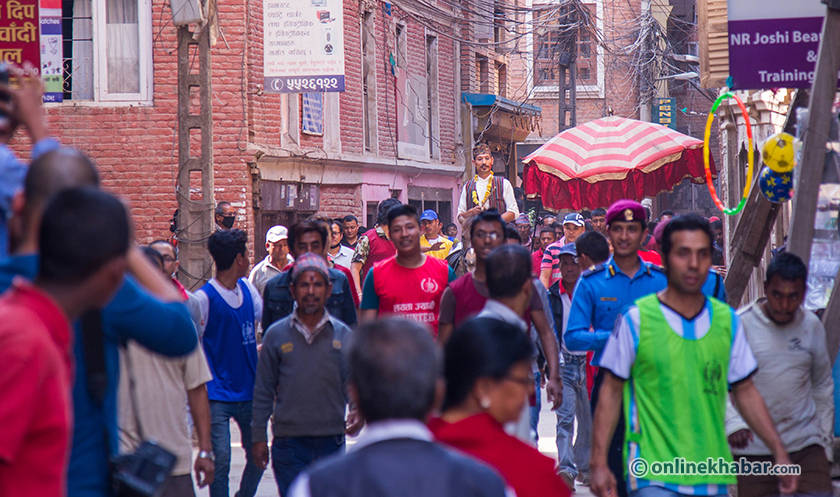
Going back to cultural beliefs, Ghodejatra is started as a celebration of the victory over a demon named Gurumapa (also called Tundi) in ancient times. He used to terrorise people in the Kathmandu valley, cause misery, kidnap children and devour them. The demon was finally trampled to death by horses and buried under a tree in the Tundikhel ground at the centre of Kathmandu. And to stop his spirits from coming back into the ground, the king started the ritual of galloping over the field. This tradition then was performed every year on Chaitra Krishna Aunsi and known as Ghodejatra.
Does history have to do anything with this festival?
In the regime of King Pratap Malla of Kathmandu around 787 BCE, the horse procession was only observed in the Kathmandu valley. Kathmandu, Patan, and Bhaktapur being different states ruled by different kings, the relationship between the states and kings was also not good. And since the people of Patan used to come to Kathmandu to see the horse procession, King Srinivas Malla of Patan started the horse procession in Bholakhya village of Patan so that the people of Patan do not go to see the horse procession in Kathmandu. In this way, the festival started celebrating with great joy in Patan (Lalitpur) also.
How is the festival celebrated?
On the day, a huge horse parade takes place in the Tundikhel ground of Kathmandu and high-end dignitaries attend the ceremony. The horse parade there is organised by the Nepal Army to ‘gallop over the grave of the defeated monster Gurumapa to keep him underground’. It is also believed that ‘the faster the horses run, the quicker the demon’s spirit will be subdued’. Also, the horse parade takes place in Jawalakhel, Lalitpur.
During the jatra, the idols of three gods–Lumadi, Bhadrakali, and Kankeshwari–are brought to a meeting point at Asan Chok of Kathmandu. This tradition is believed to meet the gods together. Similarly, the farmers of the valley sow the seeds of vegetable crops like beans and cucumber in their fields as a celebration of the Ghodejatra welcoming the Nepali New Year.
What other festivals are connected with this?
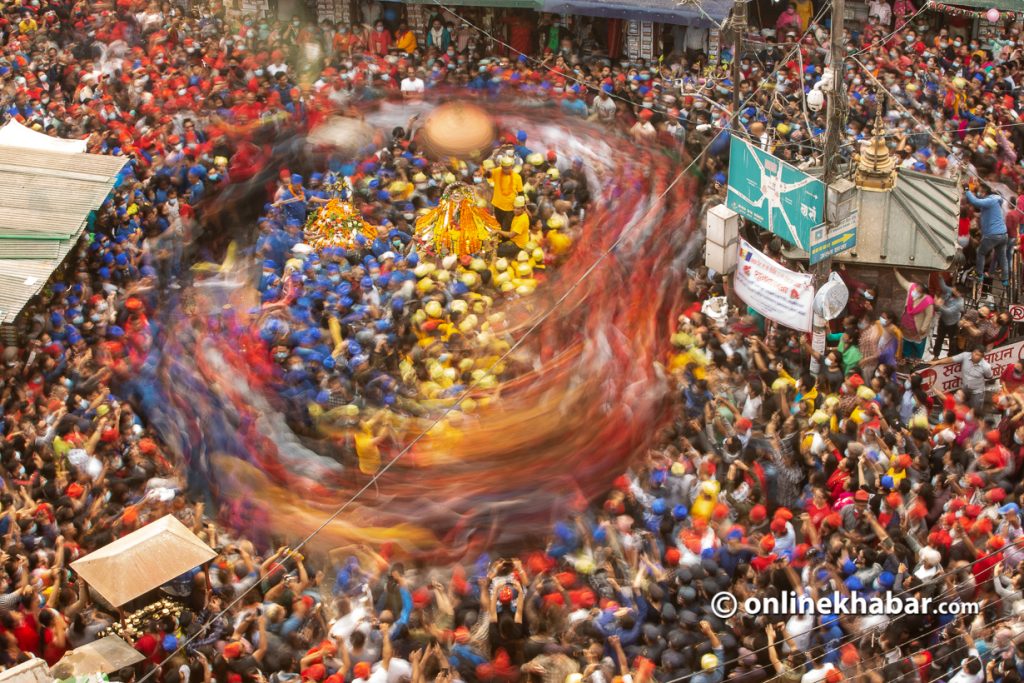
Many people say Ghodejatra is celebrated only in the Kathmandu valley (Kathmandu, Lalitpur, and Bhaktapur districts). But, horse processions are performed in different parts of the valley. Apart from Kathmandu, horse processions are also celebrated in Palpa, Dharan, and Butwal on this day.
The other festival or feast that lies on the same date is a festival of the Newa community: Paachahre. It is a three-day Newa festival that begins every year on the Chaitra Krishna Paksha Chaturdashi, a day before Ghodejatra. The word Paachahre means inviting guests in the local language and the festival is widely celebrated in the community.
Originally published in 2022




